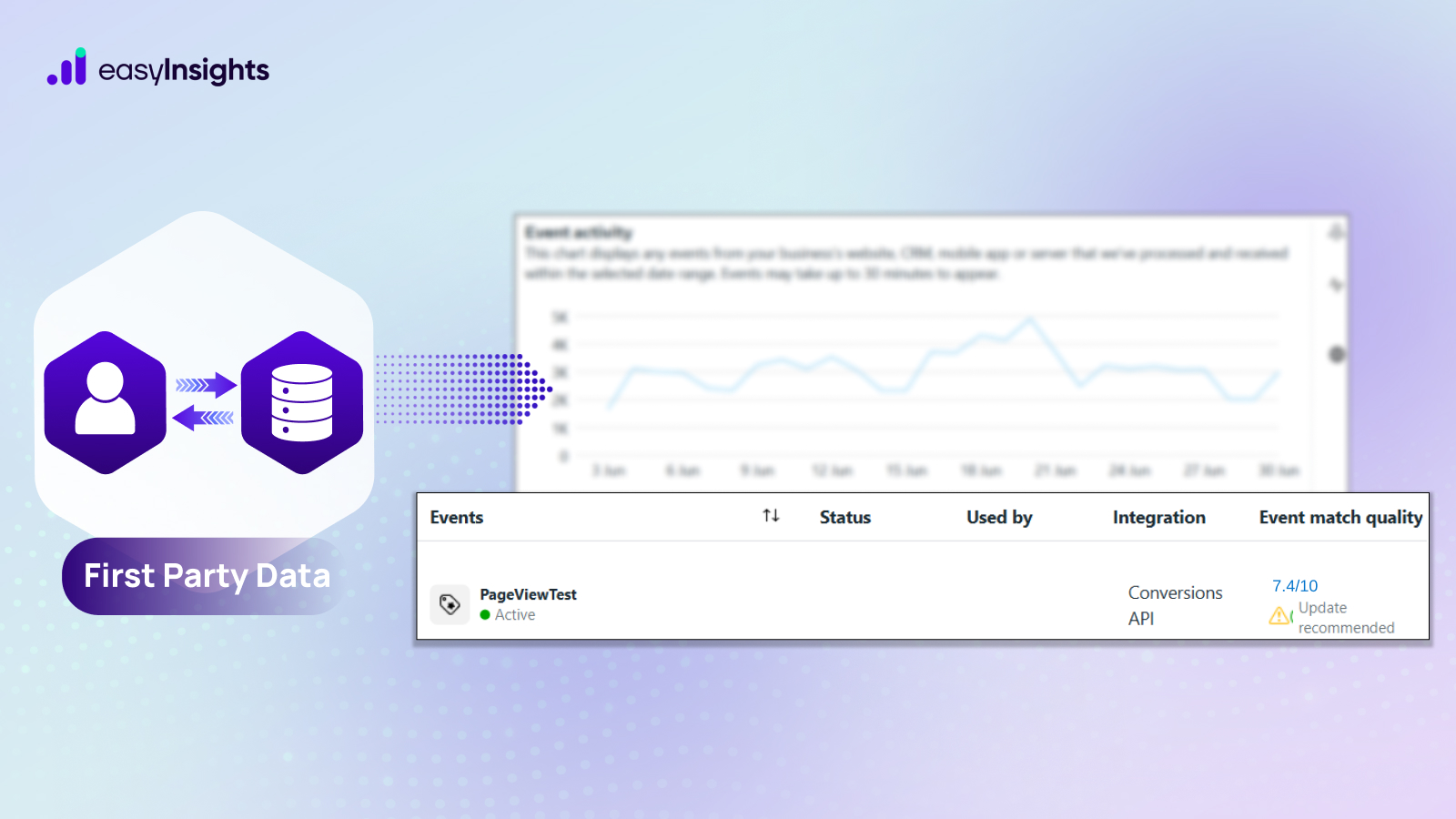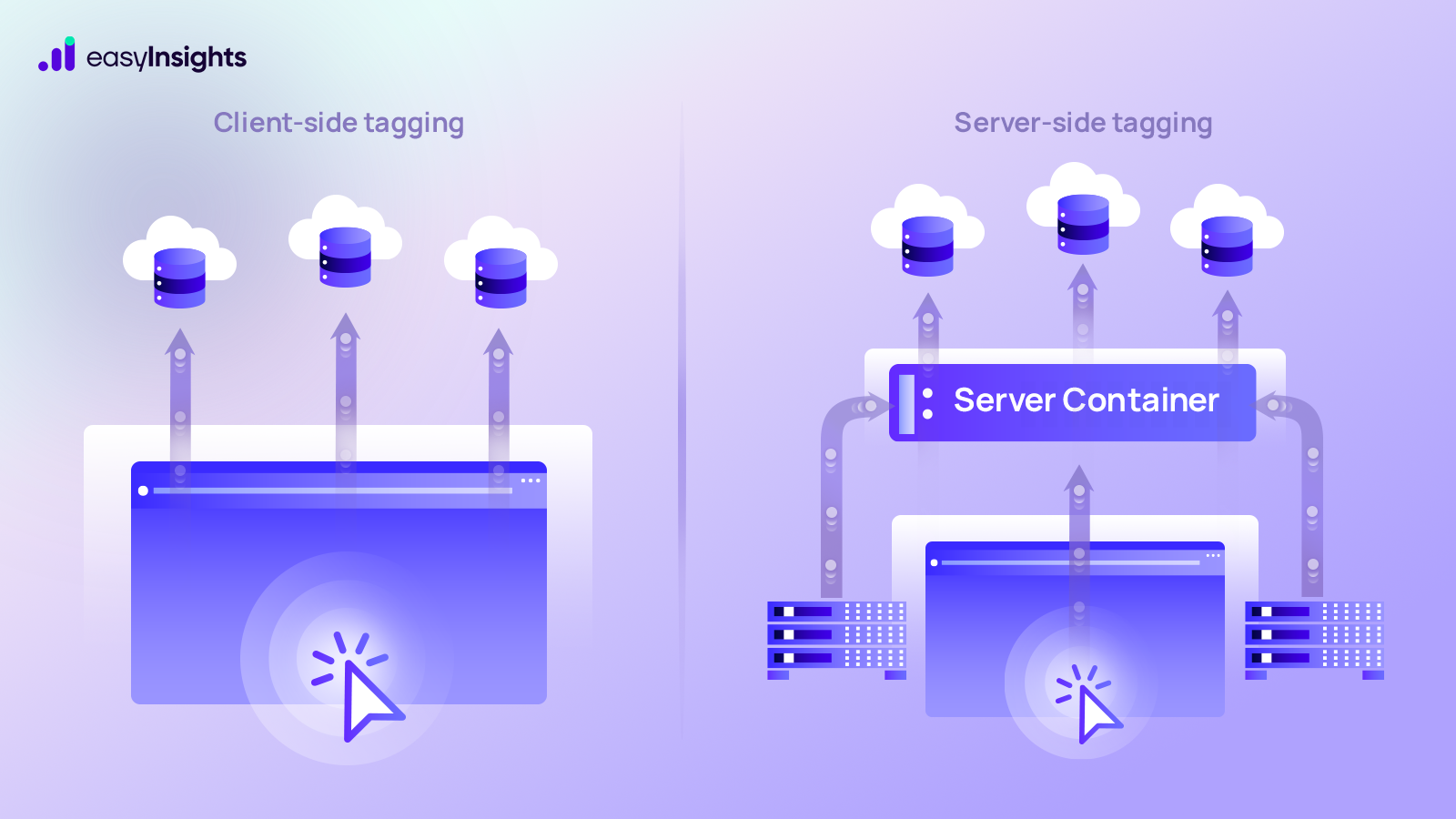Measuring conversions from your blogging efforts is not as easy as it sounds. There may be a ton of metrics to track from website traffic to ROI. If you aim to give your sales a boost through blogging, you would need a way to identify the buying motives that visitors to your site resonate with the most. After all, the quality of your blog content is what will attract visitors to your site long enough for them to finally convert.
It is an established fact that consumers interact with a brand a minimum of 6 times before converting.
Creating engaging content is just one part of the problem for brands. Since your objective is to grow sales through blogging, you would also need a reliable way to track and measure user behavior after they have engaged with your content. That means getting to know just how many of those likes, shares, and clicks are in fact contributing to the bottom line! Generating engagement is vital to increasing reach which in turn can do wonders for lead generation. The real challenge, therefore, is what model of attribution is best for measure conversion.
Let’s take a look at how blogging consistently can influence sales organically and then examine the attribution models that might work best for your needs.
Also Read: Everything You Need To Know About Marketing Attribution Models
Jump ahead to:
Blogs Influence Sales:
When it comes to starting a conversation with your target audience, there is no better alternative than blogging.
By leveraging the trending topics in your niche, blogging can help your brand educate and build trust with readers seamlessly, by speaking to their needs in a natural and innocuous way.
After interacting with your blog content a few times, engaged leads may download an e-book or sign up for your email newsletter, progressing from the Awareness stage to the Evaluation stage of the marketing funnel. By this point, they will have built a certain level of familiarity with your brand and maybe actively considering buying from you. However, they are not ready to hit the ‘Buy Now’ button just yet.
In fact, a study by Impact shows that 47% engage with at least 3-5 content pieces before getting in touch with a sales representative. Relative to the revenue potential, however, the cost of adding a blog to your promotional mix is very little.
Blogs to be Looked at with FC and LND Attribution:
If you use attribution models to track conversion rates from your blogging efforts, the results may just surprise you. Blogging is, by far, the most cost-effective way for businesses to engage their audiences and attract quality users. However, the Last Non-Direct (LND) attribution model may not be the right one to assess the RoI from blogging as the majority of customers could well be engaging with your blog content in the initial stages of their journey compared to the latter part.
Since businesses create blog content to draw in first-time visitors to their site or to attract visitors when they are in their research phase of the buying journey, the First Click model & the Assisted Click Attribution model can provide a much more realistic view of the effectiveness of your blogging strategy.
Dashboards – Making Visualisation and Analysis Easier
As fragmented as individual social monitoring and analytics tools are the task of knowing what the end customer ‘really wants’ does not get any easier for marketers.
This is where Dashboarding comes in. By using an ETL tool to seamlessly connect with a host of ad platforms, Analytics, and Webmaster Tools, such tools give you a complete 360-degree view of the entire user journey.
It lets you piece together the user’s state of mind based on his or her interaction history, allowing you to strategize and execute blog content strategy with confidence.
You can easily filter the primary Dashboard View to access the First Click data for each blog post along with comprehensive performance metrics like First Click Revenue, Session Duration, Bounce Rate, etc. all just a few clicks.
Conclusion
The impact of blog and content on your revenue is relatively difficult to measure as it usually plays a role in the top and middle funnel marketing and the standard Last Click Attribution model may show a significantly incomplete picture. But as soon as you use a more appropriate attribution model, and use that to analyze the impact and performance of your blogging effects, a lot of actionable insights surface and can prove super beneficial for your blog team. First Click & Assisted Click Attribution models are generally good starting points for initial level analyses, and you may want to go for a custom attribution model of your blogging efforts at a slightly later stage. The longer your first visit-to-sale cycle is, the more sense it will make to move away from the last-click attribution model.
Bonus Read: How EasyInsights can help you work better with Ad Platforms

EasyInsights works with raw ad data for data activation and data enrichment in a few key ways:
Data Collection and Transformation:
- EasyInsights connect directly to your ad platform allowing it to access and extract the raw data you’ve collected.
- Data Transformation: EasyInsights then cleans, normalizes, and enriches the data to make it usable for activation purposes. This may involve tasks like:
- Formatting data: Ensuring all data points are in a consistent format.
- Handling missing values: Filling in missing data points or removing them according to your preferences.
- Enriching data: Adding additional data points from other sources to create a more comprehensive picture of your customers.
Data Activation:
- Segmentation and Targeting: It allows you to segment your audience based on various criteria like demographics, behavior, and interests using the enriched ad platform data.
- Multi-channel Marketing: You can then use these segments to activate your audience across different marketing channels like email, social media, and advertising platforms.
- Customer Relationship Management (CRM): The data can be used to personalize outreach and interactions with customers within your CRM system.
- Marketing Attribution: EasyInsights can help you understand how different marketing channels contribute to conversions and optimize your marketing spend accordingly.
Key Feature:
- Offers features like customer data platform (CDP) capabilities, marketing automation, and campaign management tools.
- Focuses on reverse ETL (extracting data from your warehouse and sending it to marketing tools) and offers pre-built integrations with various marketing platforms.
EasyInsights is a marketer’s preferred tool for first party data activation.
In this age of cross-channel marketing, EasyInsights offers a comprehensive platform to collect, store, and transform all your first-party data.
EasyInsights enhances marketing campaign efficiency in a cookieless landscape with accurate ad signals. It helps brands step away from surface-level metrics and unleash the potential of first-party data to optimize marketing strategies, ensuring a superior Return on Ad Spend (ROAS). It does all this, while being a highly affordable no-code platform with an exceptional customer support apparatus.
Sign up for a demo today to see EasyInsights in action.








